By using a laser level it is beneficial to ensure the accuracy of measurements for a variety of construction and DIY projects. Commonly used laser line levels, rotating laser levels, point laser levels, combination laser levels, etc.
The accuracy of the laser level is very important, it determines the quality of the building and the efficiency of the workers. High-accuracy laser levels help ensure projects are completed to the highest standards and with maximum efficiency, benefiting both businesses and customers.
Factors Affecting the Accuracy of Laser Level
The accuracy of a laser level can be affected by a variety of factors. A full understanding of these will help users choose laser levels that meet their accuracy requirements.
Accuracy Deviation
The accuracy deviation of the laser level refers to the maximum deviation of the laser-projected line, point, or plane from the true horizontal plane or vertical line within a specified distance. The lower the deviation, the more accurate the laser level. The typical accuracy deviation for high-accuracy models of laser levels is: ±1/16 inch at 30 feet (±1.5 mm at 10 meters)

Effective Range
The effective range of a laser level refers to the maximum distance at which the laser beam remains visible and accurate during actual use. Beyond a certain range, the beam may spread out and become less precise. Factors such as bright sunlight can affect beam visibility and accuracy, especially at longer distances.
In some large-scale construction projects, such as construction of large-scale high-rise buildings, road construction, topographic surveys, etc., the effective range of the laser level is the primary consideration.
Leveling Mechanism
Self-leveling laser: These laser levels automatically adjust to ensure that the laser beam is perfectly horizontal or vertical within a certain angle range. The self-leveling feature is typically implemented using an internal pendulum or electronic sensor. High-quality self-leveling laser levels maintain accuracy better and are less prone to drift. KAIWEETS KT360A is a good self-leveling laser level.
Manual Leveling: These laser levels require manual adjustment. The ease and accuracy of adjustments can affect overall measurement accuracy.
Beam Quality
The beam quality of the laser level is mainly determined by its internal laser diode. High-quality laser diodes produce a well-collimated and focused beam, and maintaining the beam without flickering or splitting over long distances is critical for accurate readings.
Stability
Choosing a stable laser-level tripod and base minimizes vibration and movement, allowing for more precise alignment and leveling.

Power Supply
A stable power supply ensures that the laser levels operate at optimal performance. Insufficient battery power will cause the laser to dim or flicker, causing measurement errors. Rechargeable batteries generally provide more consistent power output than disposable batteries. The battery capacity is also larger, so you don't have to worry about power outages when using it outdoors for a long time.
KAIWEETS KT360A laser level has a battery capacity of up to 7800mAh. Charging time only takes 2 hours, and when fully charged, all beams are turned on and can work continuously for 20 hours.
Quality Brand
Choose laser levels produced by a manufacturer with a good brand reputation for more reliable quality and strict accuracy control. And get a good warranty and customer service support.
KAIWEETS is a well-known DIY tool manufacturer, and its series of laser levels are exported to countries all over the world. It has received unanimous praise and the support of many KAIWEETS brand agents.

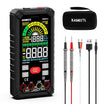
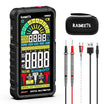
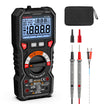
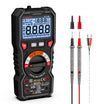

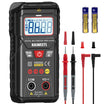
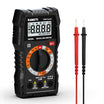
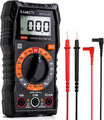
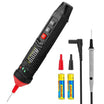
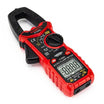
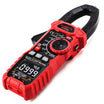
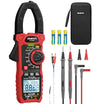
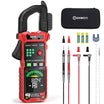

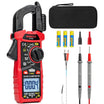
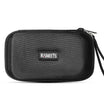
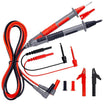
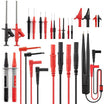

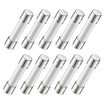

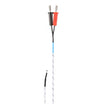
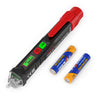
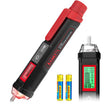


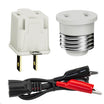
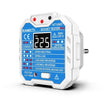
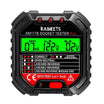
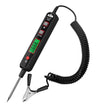
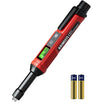

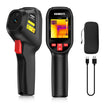
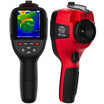
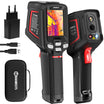
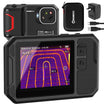
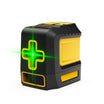
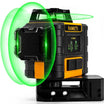


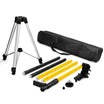
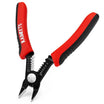
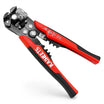
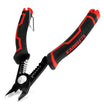
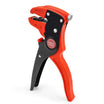
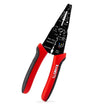

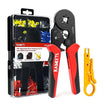



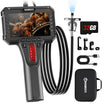
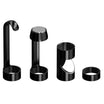
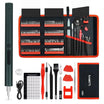
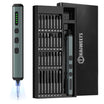


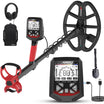
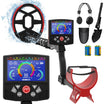
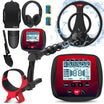

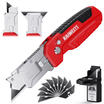
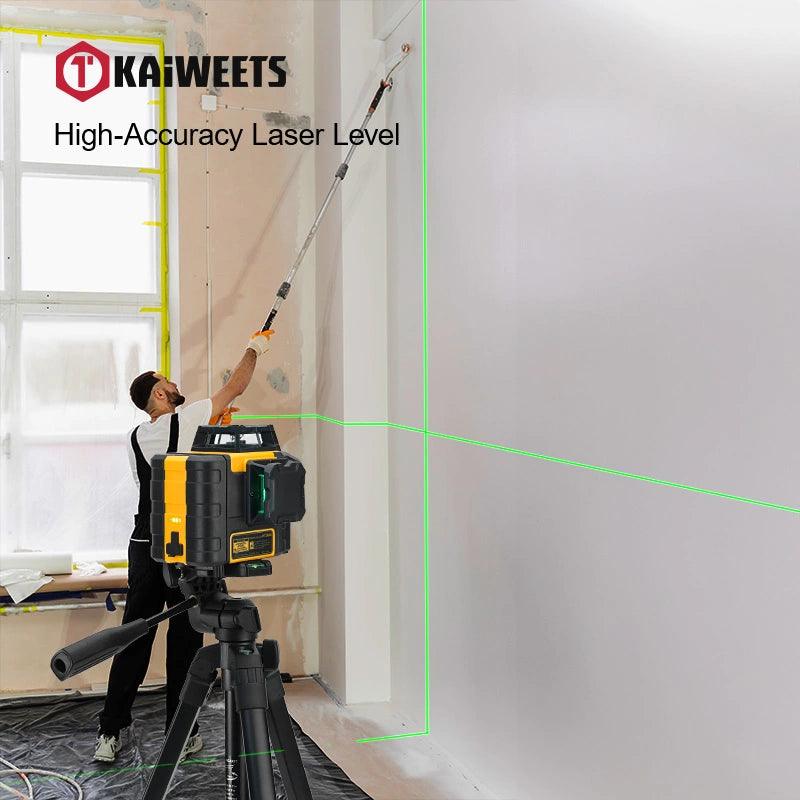

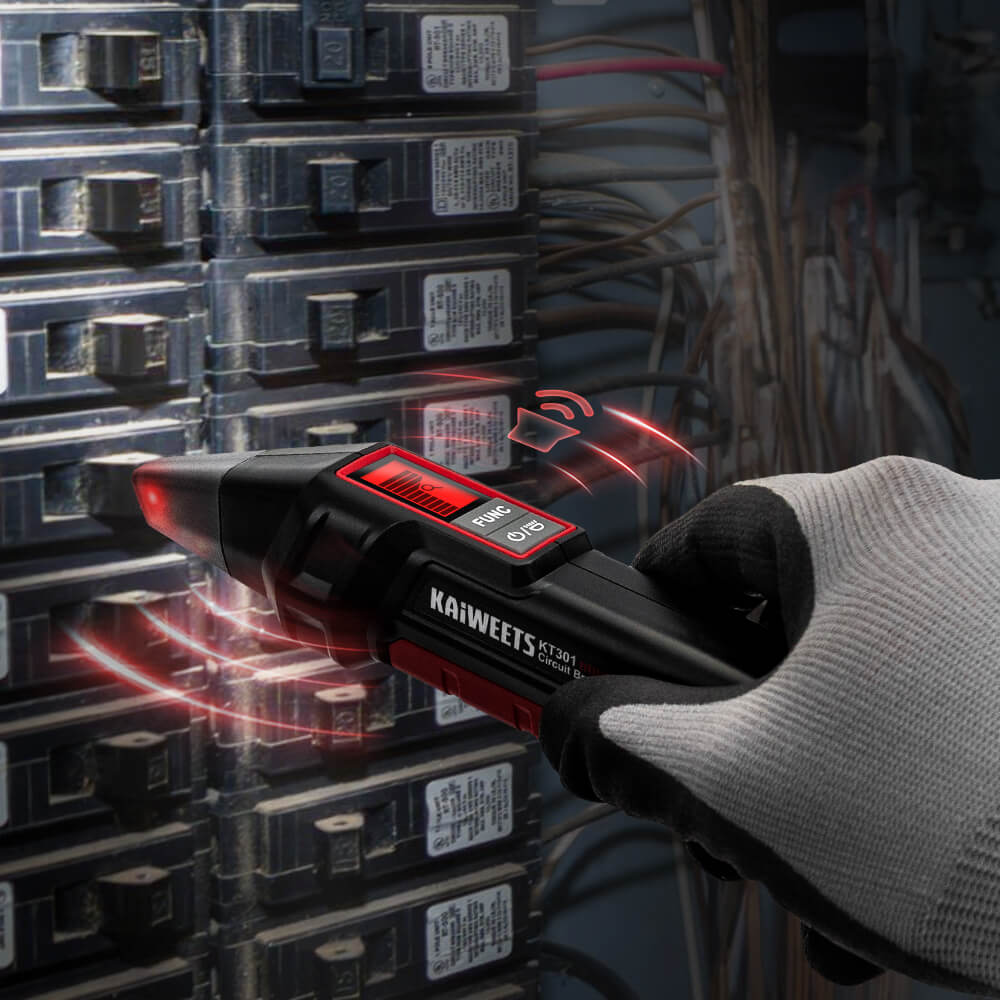
Laisser un commentaire
Tous les commentaires sont modérés avant d'être publiés.
Ce site est protégé par hCaptcha, et la Politique de confidentialité et les Conditions de service de hCaptcha s’appliquent.